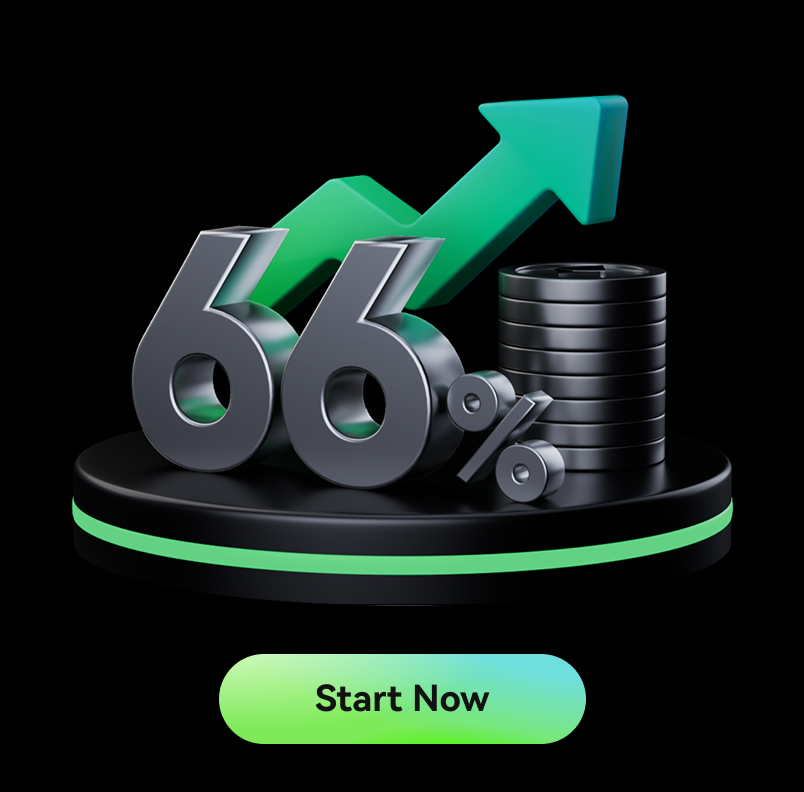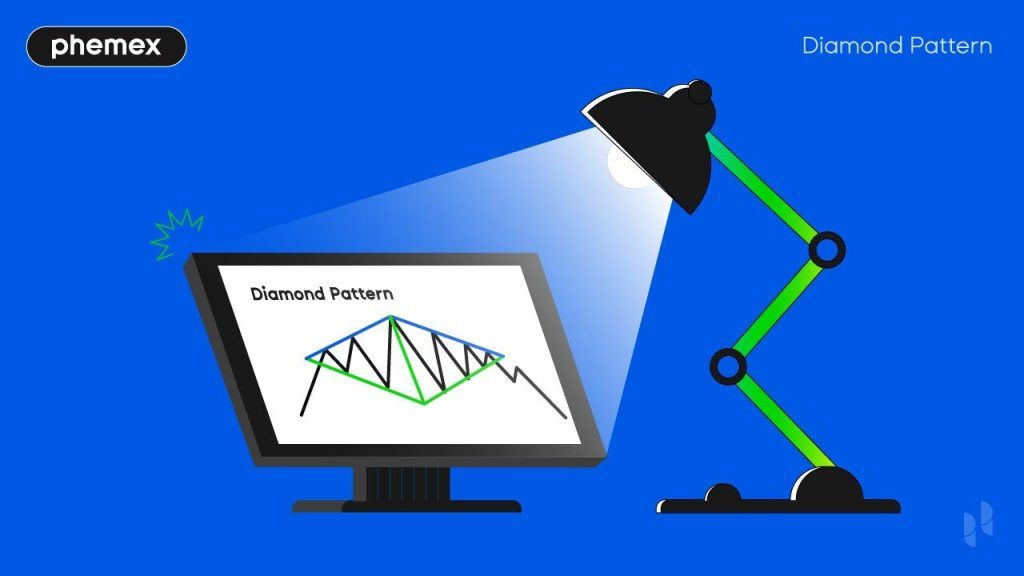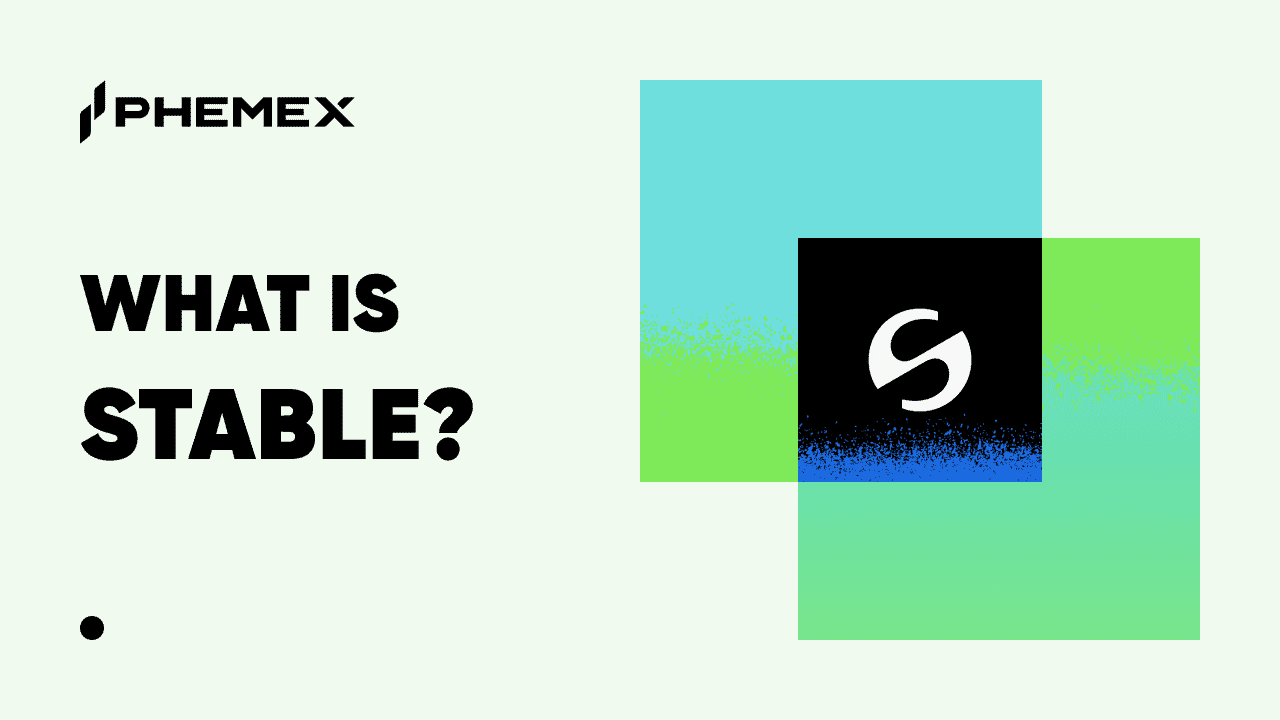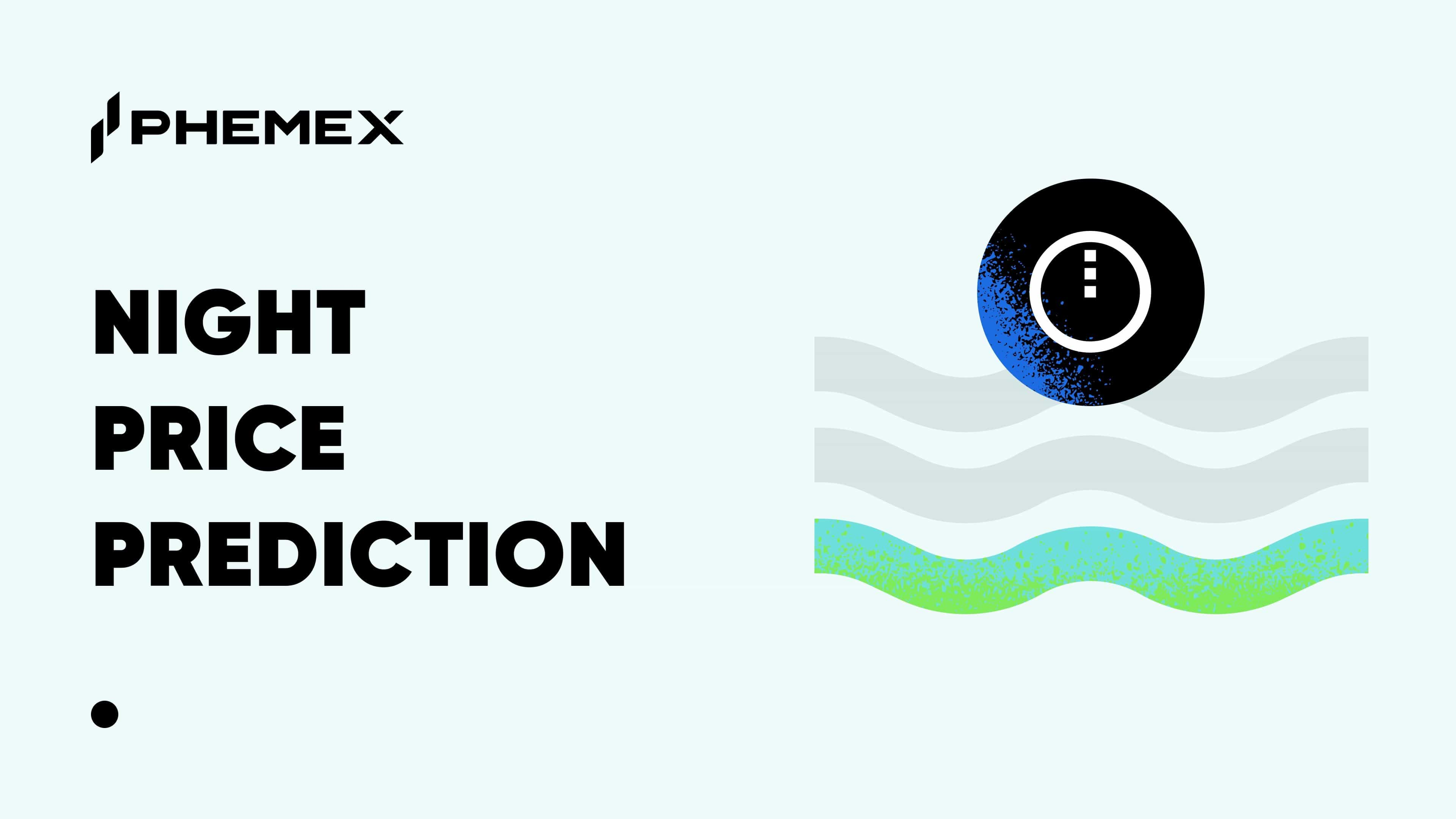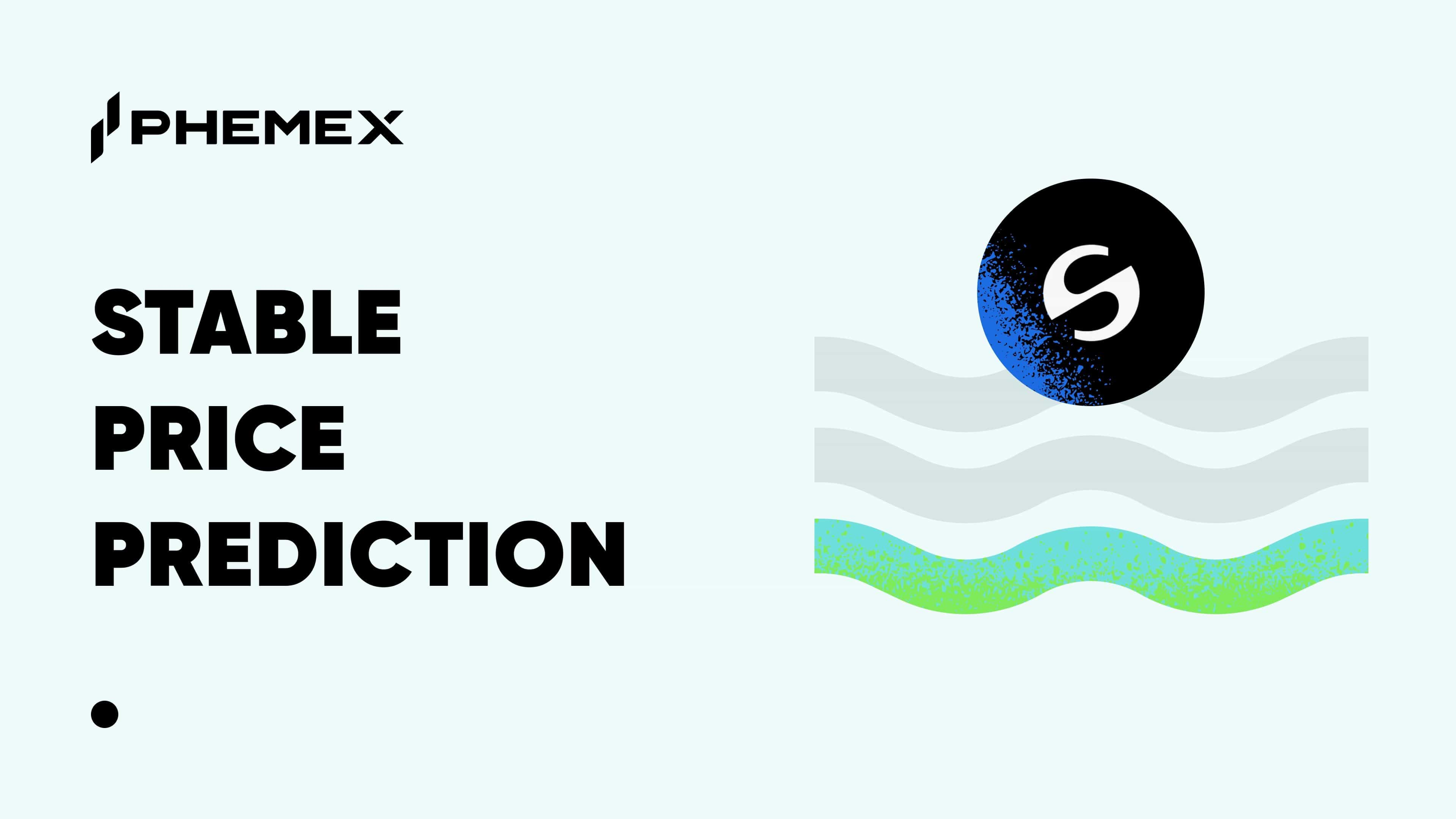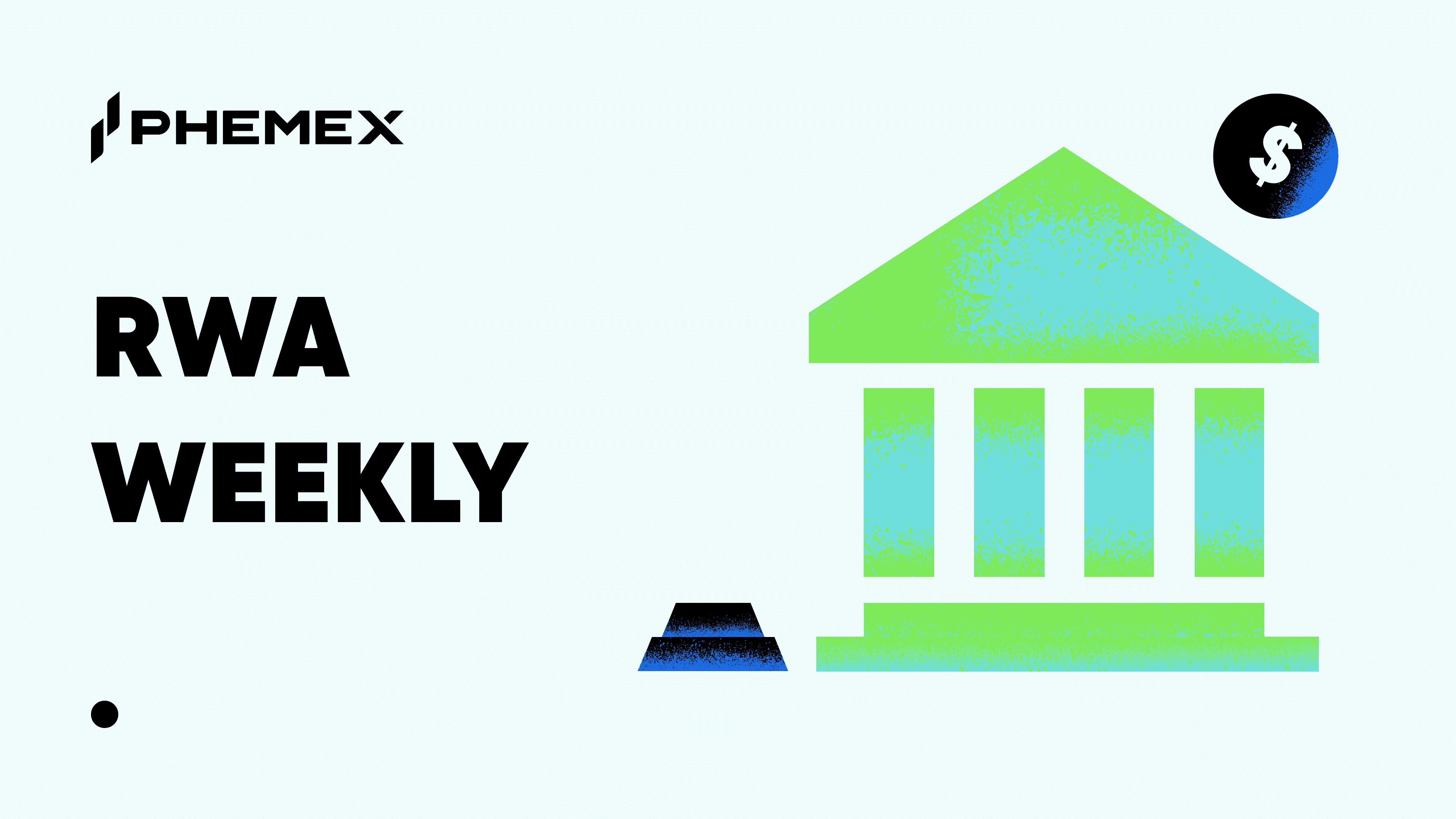
Dai (DAI) Price
Price of Dai (DAI) Today
The live price of Dai (DAI) is $0.999712.The current market capitalization stands at $5.36B, with a 24-hour trading volume of $98.70M.Dai has experienced -0.01% in the last 24 hours and has a circulating supply of approximately 5.37B.These figures are updated in real-time to provide the most accurate market data.
DAI Price Data
DAI Market Cap Stats
DAI Supply
Dai (DAI) Price Movements
| Period | Amount Change | Change (%) |
|---|---|---|
| Today | $-0.00014399 | -0.01% |
| 7 Days | $-0.0000845 | -0.01% |
| 30 Days | $-0.00038671 | -0.04% |
Dai (DAI) Security Assessment
About Dai(DAI)
Dai is a stablecoin that is soft pegged to the US Dollar through automated smart contracts on the Ethereum blockchain. Dai differs from other stablecoins such as USDT and USDC because it is decentralized and trustless. Dai is generated, backed, and stabilized by collateralized debt positions.
Team Members
Investors
 1confirmation
1confirmation Collaborative Fund
Collaborative Fund Block0
Block0 IOSG Venture
IOSG Venture Placeholder VC
Placeholder VC LuneX Ventures
LuneX Ventures 2020 Ventures
2020 Ventures Andreessen Horowitz
Andreessen HorowitzSocial Stats
155 unique individuals are talking about DAI, ranking it 509 for most mentions and activity among collected posts. Over the past 24 hours, the sentiment toward DAI across all social media has been Neutral. Finally, 0 news articles have been published about DAI. On Twitter, 20.00% of tweets showed bullish sentiment compared to 21.33% of tweets showing bearish sentiment about DAI. 58.67% of tweets were neutral about DAI. These sentiments are based on 525 tweets.
Bulls say
Bears say
Dai (DAI) Conversion Rate
Dai(DAI) News
More NewsDai (DAI) Academy
More ArticlesDai (DAI) Blog
More ArticlesFAQ
What is DAI?
DAI is a decentralized stablecoin that aims to maintain a price of $1 per token. Unlike traditional stablecoins backed by fiat in a bank account, DAI is created through smart contracts on the Ethereum blockchain using collateralized crypto assets. It’s governed by MakerDAO, a decentralized autonomous organization that oversees risk management and upgrades.
How does DAI stay pegged to the U.S. dollar?
DAI maintains its 1:1 peg through overcollateralization and automated incentives built into the Maker Protocol. Users must deposit more crypto than the amount of DAI they mint, and the system includes mechanisms like the Peg Stability Module (PSM) and stability fees to help keep the price close to $1. If market forces cause DAI to drift from its peg, arbitrage and protocol rules work together to bring it back into balance.
Is DAI safe to use?
Yes, DAI is considered one of the most secure and transparent stablecoins in the crypto space. All issuance and collateral are managed by Ethereum smart contracts and can be publicly audited. There’s no central entity holding your money. However, users should still be aware of risks such as extreme market volatility, smart contract bugs, or governance flaws in the Maker ecosystem.
How is DAI different from USDT or USDC?
DAI is fully decentralized, meaning it isn’t backed by traditional bank reserves or controlled by a single company. In contrast, USDT (Tether) and USDC (Circle) are centralized stablecoins backed by fiat currency held in custodial bank accounts. DAI’s value is secured by on-chain crypto collateral, and its supply is governed by MakerDAO community members through blockchain-based voting.
Where can I use or spend DAI?
DAI can be used almost anywhere in the Ethereum and broader Web3 ecosystem. You can lend or borrow it on DeFi platforms, trade for it on exchanges like Phemex, access ways to buy DAI on Phemex, use it as payment in supported dApps or for cross-border transfers, and store it in DeFi wallets for savings or liquidity farming. Because it's an ERC-20 token, DAI is compatible with most major wallets and DeFi applications.
Can I earn yield with DAI?
Yes, many users earn interest or yield on their DAI by depositing it into DeFi protocols. The returns vary depending on market demand and platform, but DAI remains a popular asset for passive income strategies in the crypto world.


